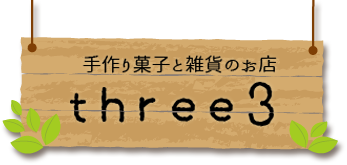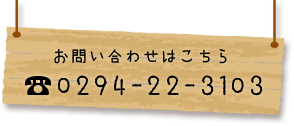2023年9月
-
j$k5289676j$k
A simple contract is a legally binding document that outlines the terms and conditions of an agreement between two or more parties. The contract serves as a reference point for all parties involved and ensures that each party is aware of their rights and responsibilities.
When drafting a simple contract, it is important to follow a specific format to ensure that the contract is enforceable and easy to understand. Here are the key elements of a simple contract format:
1. The Header
The header of the contract should include the title of the document, the date of execution, and the names and addresses of all parties involved.
2. Introduction
The introduction section of the contract should clearly state the purpose of the agreement and provide a brief overview of the terms and conditions.
3. Definitions
The definitions section should provide clear and concise definitions for any terms or phrases used throughout the contract. This helps to prevent misunderstandings and ensures that all parties are on the same page.
4. Scope of Work
The scope of work section outlines the specific tasks or obligations that each party is responsible for. It should be detailed and include specific timelines, deliverables, and milestones.
5. Payment Terms
The payment terms section outlines the amount and schedule of payments that will be made. It should include any applicable fees, taxes, or other charges that may apply.
6. Termination and Cancellation
The termination and cancellation section outlines the conditions under which either party may terminate the contract. It should include a notice period and any penalties or fees that may apply.
7. Governing Law and Jurisdiction
The governing law and jurisdiction section specifies the laws and regulations that will be used to govern the agreement and resolve any disputes that may arise.
8. Signatures and Dates
The final section of the contract should include signatures from all parties involved and the date of execution.
In conclusion, following a specific format when drafting a simple contract is crucial. The format ensures that all parties are clear about their rights and responsibilities and that the contract is legally binding and enforceable. By including all the necessary elements outlined above, you can create a strong and effective simple contract.
-
j$k5434441j$k
Writing a life story can be a powerful way to capture memories, experiences, and lessons learned over a lifetime. However, it can also be a daunting task that requires a significant amount of time and effort. That`s where a life story agreement template can come in handy.
What is a Life Story Agreement Template?
A life story agreement template is a legal document that outlines the terms and conditions of a life story project. It clarifies the expectations of both the writer and the subject, including the scope of the project, the timeline, compensation, and ownership of the final product.
Why Do You Need a Life Story Agreement Template?
A life story agreement template can protect both the writer and the subject. It ensures that the writer has permission to use the subject`s personal information and that the subject agrees to the terms of the project. It also clarifies ownership, so there are no disputes over who owns the finished product.
What Should Be Included in a Life Story Agreement Template?
A life story agreement template should include the following:
1. Introduction: The purpose of the agreement and a brief overview of the project.
2. Subject Information: The name and contact information of the subject or their legal representative.
3. Writer Information: The name and contact information of the writer.
4. Scope of the Project: The expected length, format, and goals of the project.
5. Timeline: The deadline for completing the project and any milestones along the way.
6. Compensation: The amount and schedule of payment for the writer.
7. Confidentiality: The agreement should include a clause about confidentiality and how the writer will protect the subject`s personal information.
8. Ownership: The agreement should specify who owns the final product, including any copyright or publication rights.
9. Dispute Resolution: The agreement should have a section on how disputes will be resolved if they arise.
10. Signatures: Both the writer and the subject (or their legal representative) should sign and date the agreement.
Conclusion
A life story agreement template is a valuable tool for anyone undertaking a life story project. It ensures that everyone involved understands the terms and conditions of the project and can protect all parties. Remember to carefully review the agreement and consult legal counsel if necessary.



